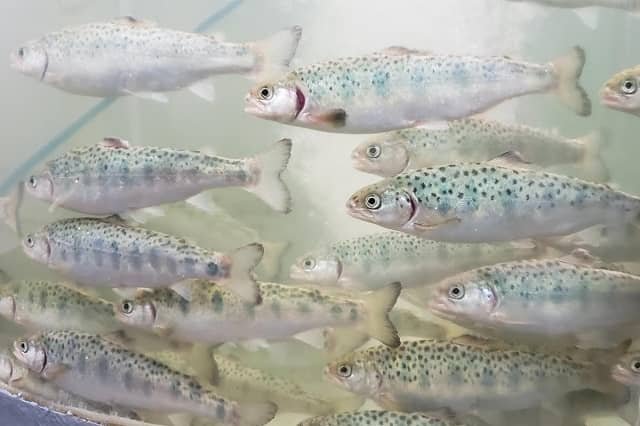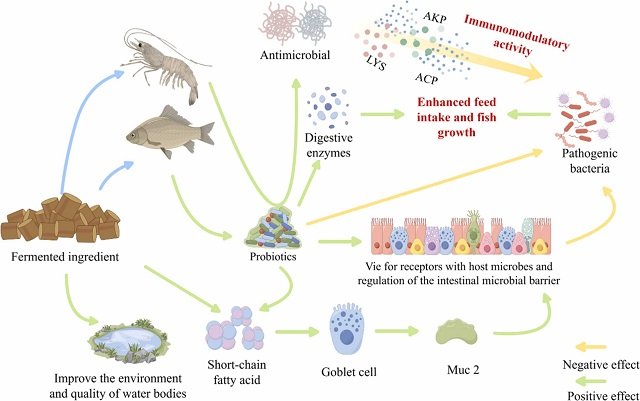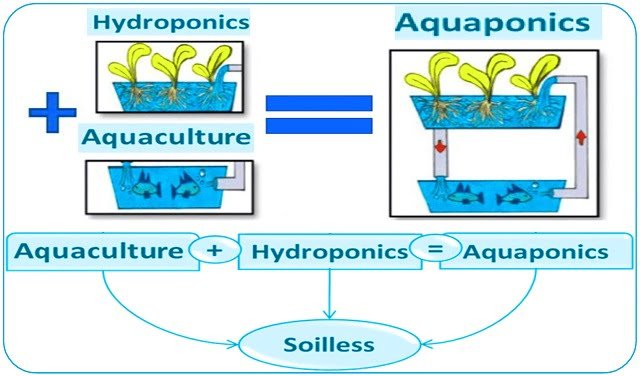
Fishmeal has long been the gold standard as a protein source in aquaculture, especially for high-value species like Atlantic salmon. However, fluctuations in its supply and price, along with environmental concerns about its production, have made it an increasingly unsustainable option both economically and ecologically. In this context, the search for alternative and cost-effective ingredients is crucial for the future of the aquaculture industry.
A recent study, published by scientists from the University of Idaho and Chonnam National University in the Journal of the World Aquaculture Society, investigates the potential of fermented corn protein (CFP), specifically the product ProCap Gold, as a replacement for fishmeal in diets for Atlantic salmon parr (Salmo salar).
Why look for alternatives to fishmeal?
The growing global aquaculture production has driven up the demand and price of fishmeal. Although its amino acid profile, palatability, and digestibility are excellent, its dependence creates instability in production costs and raises questions about the sustainability of the fisheries used for its manufacture.
Even when plant-based proteins have been used as a replacement, they often present challenges such as reduced growth, feed intake, nutrient digestibility, and intestinal health problems in carnivorous species like salmon. Furthermore, they compete with human consumption and generate their own sustainability concerns. Byproducts from the biofuel industry, such as CFP, emerge as an interesting alternative as they do not present these associated concerns.
How was fermented corn protein evaluated?
Researchers at the Aquaculture Research Institute of the University of Idaho conducted a 12-week feeding trial to evaluate the effect of CFP (ProCap Gold, with 49.5% crude protein) on Atlantic salmon parr. Five isonitrogenous (51% crude protein) and isocaloric (22.3 MJ/kg) diets were formulated. In these diets, fishmeal was progressively replaced by CFP at levels of 0% (control, CFP0), 25% (CFP25), 50% (CFP50), 75% (CFP75), and 100% (CFP100).
They used 30 fish per tank, with four tanks for each experimental diet. The fish, with an average initial weight of 11.6 grams, were fed to satiation three times a day. At the end of the trial, the scientists measured key parameters such as final weight, weight gain, feed conversion ratio (FCR), protein efficiency ratio (PER), survival, body composition, liver health indicators (ALT and AST), antioxidant and non-specific immune responses (lysozyme activity, NBT, SOD, CAT), blood biochemical parameters, and a histopathological analysis of the distal intestine was performed.
Key results: growth, efficiency, and intestinal health
- Growth and survival: No significant differences were observed in the final weight, weight gain, and survival of the fish among the different dietary treatments. Overall survival was high, exceeding 95% in all groups.
- Feed utilization: The FCR was significantly higher (worse) and the PER significantly lower (worse) in fish fed the diet that replaced 100% of the fishmeal (CFP100) compared to the other treatments. Quadratic regression analyses suggest that the optimal level of fishmeal substitution by CFP, considering FCR and PER, is between 18.6% and 25%. However, according to the analysis of variance (ANOVA), replacing 50% of the fishmeal with CFP had no detrimental effects on these parameters.
- Intestinal health: The height of the distal intestinal folds was significantly greater in fish fed the CFP0 and CFP25 diets compared to those fed CFP50. A linear trend of decreasing fold height was observed as the level of CFP in the diet increased. Despite these morphological changes, no significant differences were observed in the evaluated histopathological characteristics, indicating that overall intestinal health was not negatively affected by the studied CFP levels.
- Immune and antioxidant response: Most parameters related to the antioxidant and non-specific immune response were not significantly affected by the dietary treatments. An exception was lysozyme activity, which showed a significant increase in fish fed CFP25 compared to those who received CFP75.
- Body composition and blood parameters: There were no significant differences in proximal body composition (moisture, crude protein, crude lipids, ash, and gross energy) or in blood biochemical parameters among the groups. Liver enzyme levels (ALT and AST) also showed no significant differences, suggesting that CFP did not negatively affect liver health at the tested levels.
What do these findings mean for the salmon industry?
The results of this study are encouraging, as they demonstrate that fermented corn protein can replace up to 50% of fishmeal in diets for Atlantic salmon parr without negatively affecting growth, feed utilization (according to ANOVA), non-specific immune response, and intestinal health. This is particularly relevant given that previous studies with CFP in Atlantic salmon and tilapia had focused on replacing plant-based ingredients like soybean meal, and not directly fishmeal at such high levels.
The decrease in feed efficiency (higher FCR and lower PER) observed with total (100%) fishmeal substitution could be related to the lower height of the intestinal folds. Lower fold height implies a smaller surface area for nutrient absorption. This could be due, in part, to the crude fiber content in CFP, which might be more difficult for carnivorous fish like salmon to metabolize. It is important to note that, although morphological changes were observed in the intestine, no signs of enteritis or other associated intestinal pathologies were detected.
Stay Always Informed
Join our communities to instantly receive the most important news, reports, and analysis from the aquaculture industry.
Lysozyme activity, an important component of the innate immune response, increased in the CFP25 group compared to the control, but then decreased with higher levels of CFP inclusion. This suggests that excessive levels of CFP could inhibit certain aspects of the immune response, although more research is needed to fully understand these effects.
Conclusions and future perspectives
The study concludes that fermented corn protein is a promising ingredient that can replace up to 50% of fishmeal in diets for Atlantic salmon parr without detrimental effects on productive performance and general health. Regression analyses, however, suggest a more conservative optimal replacement level, between 18.6% and 25%, to maximize feed efficiency.
The use of CFP offers an economically viable and environmentally friendlier alternative in the formulation of salmon feeds. Nevertheless, additional research is required to evaluate the long-term effects of CFP on fish health and to better understand the mechanisms behind the reduction in lysozyme activity and the morphological alterations in the distal intestine observed with high CFP inclusions. These findings open new avenues for the formulation of more sustainable and efficient diets for one of the most important species in global aquaculture.
Contact
Brian C. Small
Aquaculture Research Institute, Hagerman Fish Culture Experiment Station, University of Idaho
3059F National Fish Hatchery Road, Hagerman, ID 83332, USA.
Email: bcsmall@uidaho.edu
Reference (open access)
Hong, J., Ortiz, J. G., & Small, B. C. (2025). Corn-fermented protein as a replacement for fish meal in diets for Atlantic salmon, Salmo salar, parr: Growth, feed utilization, antioxidant activity, non-specific immune response, and gut histopathology. Journal of the World Aquaculture Society, 56(2), e70020. https://doi.org/10.1111/jwas.70020
Editor at the digital magazine AquaHoy. He holds a degree in Aquaculture Biology from the National University of Santa (UNS) and a Master’s degree in Science and Innovation Management from the Polytechnic University of Valencia, with postgraduate diplomas in Business Innovation and Innovation Management. He possesses extensive experience in the aquaculture and fisheries sector, having led the Fisheries Innovation Unit of the National Program for Innovation in Fisheries and Aquaculture (PNIPA). He has served as a senior consultant in technology watch, an innovation project formulator and advisor, and a lecturer at UNS. He is a member of the Peruvian College of Biologists and was recognized by the World Aquaculture Society (WAS) in 2016 for his contribution to aquaculture.




